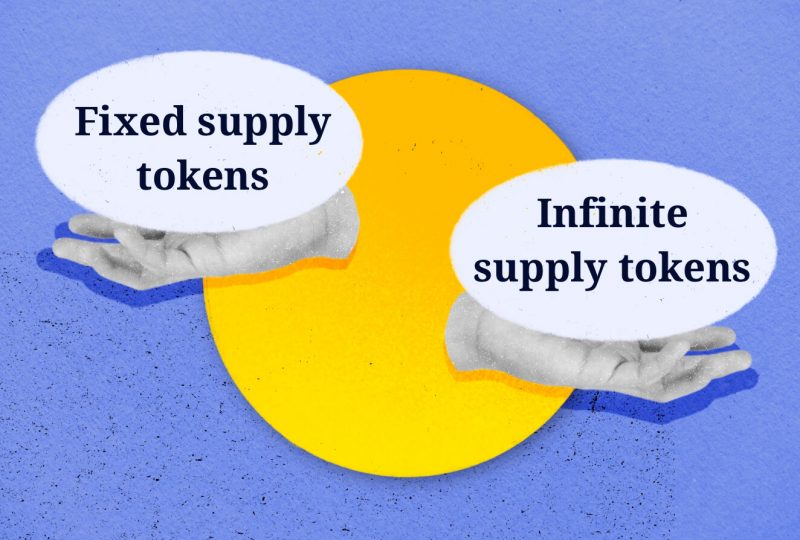Introduction
Welcome back, folks! Now that we know what tokens are and what they do, let’s look at one of the most important design choices: how many tokens will exist. This choice greatly affects the token’s economics, from its ability to store value to its use as a way to pay for things.
Generally, tokens can be grouped into two types based on their supply: fixed or unlimited.
Fixed Supply Tokens: The Scarcity Model
Think of something like gold or a rare piece of art. There’s only a certain amount around. Fixed supply tokens work the same way.
What it is: These tokens have a built-in limit on the total number that can ever exist. This limit is set when the token is created and usually can’t be changed unless there’s a big update or a complete restart.
How it works: Tokens often come out over time through processes like mining (like Bitcoin), staking rewards (for a limited time), or an initial distribution. Once the maximum number is reached, no more tokens can be made.
Why it matters: The main idea is scarcity. If more people want the token but the amount available stays the same (or even drops if some are burned), then the price of each token could go up. This makes them appealing as a way to hold value.
Example: Bitcoin, capped at 21 million coins, is the prime illustration. Many ERC-20 tokens on Ethereum also use a hard cap (like 1 billion or 100 million tokens).
Pros of Fixed Supply Tokens
-
Easier to predict what will happen (clear supply planning).
-
Scarcity can increase value if demand rises.
-
Protects against inflation.
-
Simple to understand.
Cons of Fixed Supply Tokens
-
Less adaptability to new network needs.
-
Scalability issues if tokens become too expensive.
-
Wealth centralization among early adopters.
Unlimited Supply Tokens: A Flexible Approach
Consider common currencies, like the U.S. dollar. Unlimited supply tokens follow a similar concept, but with algorithmic control.
What it is: These tokens have no cap on total supply. New tokens can be created as needed, usually based on network activity, schedules, or community decisions.
How it works:
-
Reward Participants: Stakers or miners.
-
Fund Growth: Ecosystem or project development.
-
Keep Stability: Adjust supply for stablecoins.
Why it matters: Unlimited supply tokens offer adaptability, but poor handling can lead to inflation.
Examples:
-
Ethereum (ETH): No hard cap, but EIP-1559 and Proof-of-Stake lower inflation.
-
Proof-of-Stake tokens: Solana, Polkadot, Cardano.
-
Stablecoins: USDT, USDC with elastic supply tied to fiat.
Pros of Unlimited Supply Tokens
-
More funding options for projects.
-
Ongoing incentives for participants.
-
Adaptability to changing conditions.
-
Keeps fees steady for transactions.
Cons of Unlimited Supply Tokens
-
Risk of inflation devaluing holdings.
-
Harder to predict future supply.
-
Needs careful economic management.
Which Is Better? (It Depends!)
There’s no universal winner. The best token supply model depends on project goals:
-
Fixed Supply: Great for scarcity and store of value (like Bitcoin).
-
Unlimited Supply: Ideal for ongoing incentives, smart contract platforms, and stablecoins.
Conclusion
Knowing whether a token has fixed or unlimited supply is crucial for understanding its tokenomics. It shapes scarcity, flexibility, inflation, and ultimately, the token’s role in the crypto economy.

